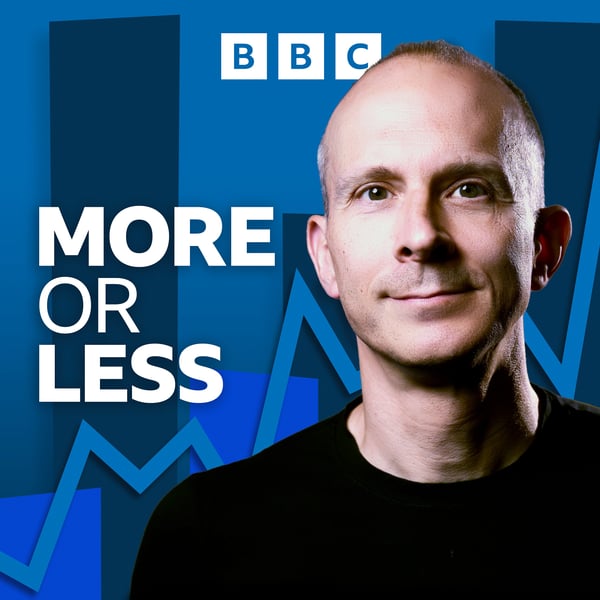A short history of data
More or Less: Behind the Stats
BBC
4.6 • 3.5K Ratings
🗓️ 3 June 2023
⏱️ 10 minutes
🧾️ Download transcript
Summary
Transcript
Click on a timestamp to play from that location
| 0:00.0 | Hello and welcome to more or less on the BBC World Service. We are weekly guide to the |
| 0:06.9 | numbers in the news and in life, and I'm Tim Harford. |
| 0:11.2 | We live in a world where data seems to be everywhere, informing if not governing our |
| 0:15.8 | lives, but this wealth of data didn't just turn up overnight. There's a rich history |
| 0:21.3 | to be explored about how data has shaped who we are and the societies in which we live. |
| 0:27.0 | A new book aims to tell some of this story. It's two authors got the idea after teaching |
| 0:31.9 | classes at university. Hi, I'm Matthew Jones. I'm a professor of history at Columbia University |
| 0:37.3 | and starting next year at Princeton University. I'm Chris Wiggins. I'm an associate professor |
| 0:41.6 | of applied mathematics at Columbia University. I'm also the chief data scientist at the New |
| 0:45.3 | York Times. I'd say this came out of a lot of conversations among me, Matt, and various |
| 0:51.2 | students over the years. Matt and I had the pleasure of meeting about a decade ago. We |
| 0:57.0 | co-developed a curriculum on data journalism, which was taught in the journalism school in 2014, |
| 1:02.2 | and thereafter it was really through Matt's excellent skills and abilities as a mentor to |
| 1:07.6 | undergraduates that the idea really kicked off. Yeah, and we were interested in the way in which |
| 1:13.2 | history could illustrate the set of choices that created the conditions under which our current |
| 1:19.8 | moment of data saturation and data decision making came about. Both to understand how it came |
| 1:26.3 | about, but also to see ways it might have been different. So we increasingly came to see the history |
| 1:32.8 | as a crucial component that was missing in much of the conversation about the kind of data-mediated |
| 1:38.1 | reality we're living in today. It's as though data just came from nowhere and actually what was |
| 1:43.2 | happening 50 years ago or 250 years ago had nothing to do with it. When of course it has everything |
| 1:49.1 | to do with our present moment. Yeah, and one of the things we really want to get at is that |
| 1:53.4 | today numbers have this incredible authoritative status in the sciences, and they have incredible |
... |
Please login to see the full transcript.
Disclaimer: The podcast and artwork embedded on this page are from BBC, and are the property of its owner and not affiliated with or endorsed by Tapesearch.
Generated transcripts are the property of BBC and are distributed freely under the Fair Use doctrine. Transcripts generated by Tapesearch are not guaranteed to be accurate.
Copyright © Tapesearch 2025.

